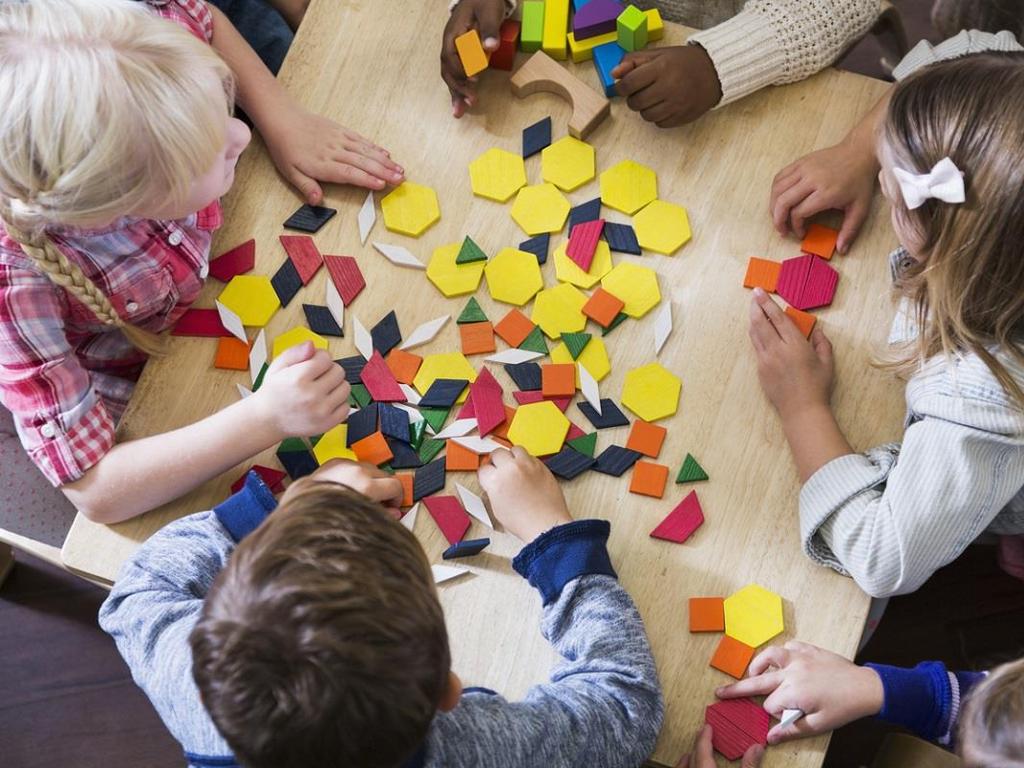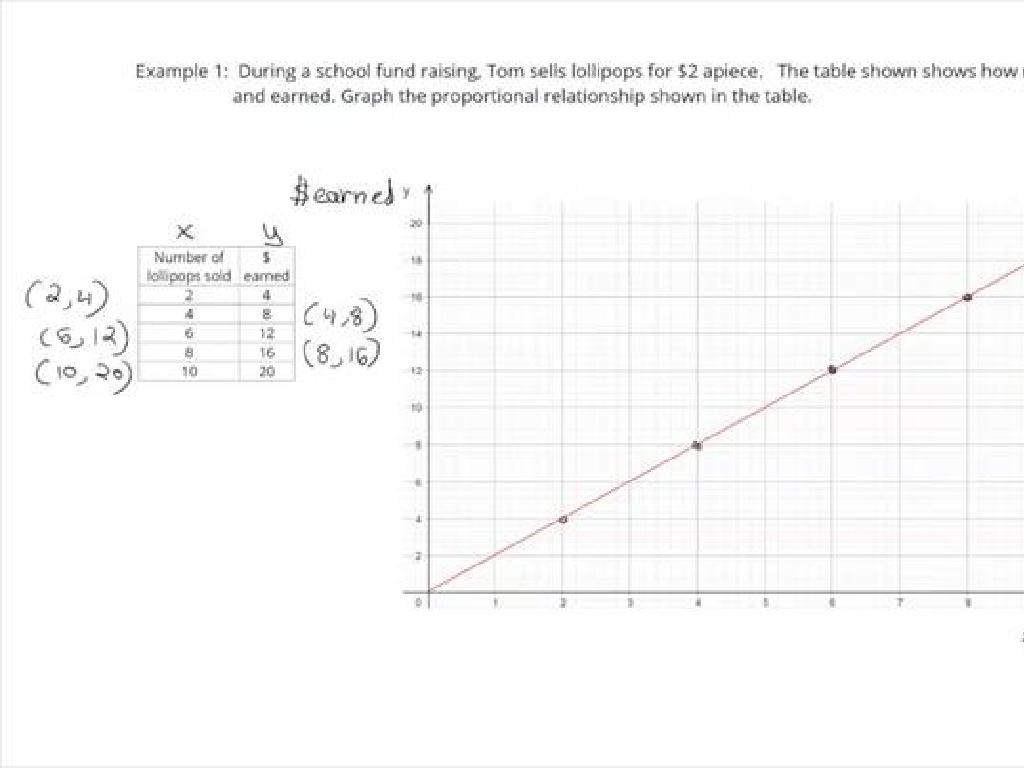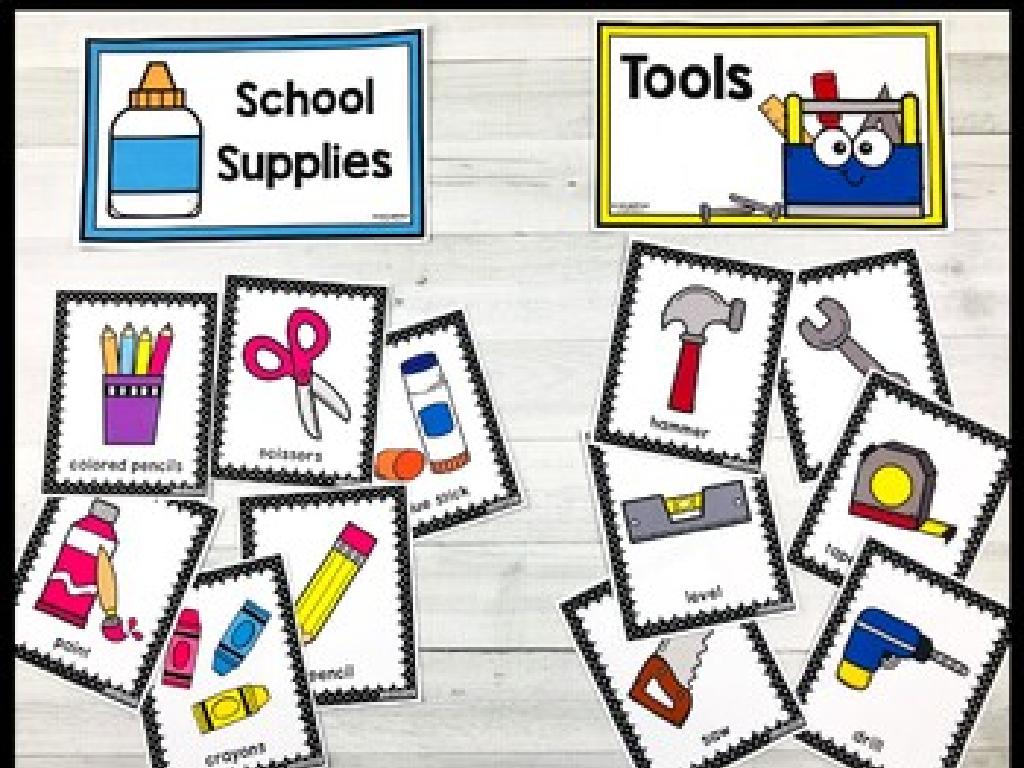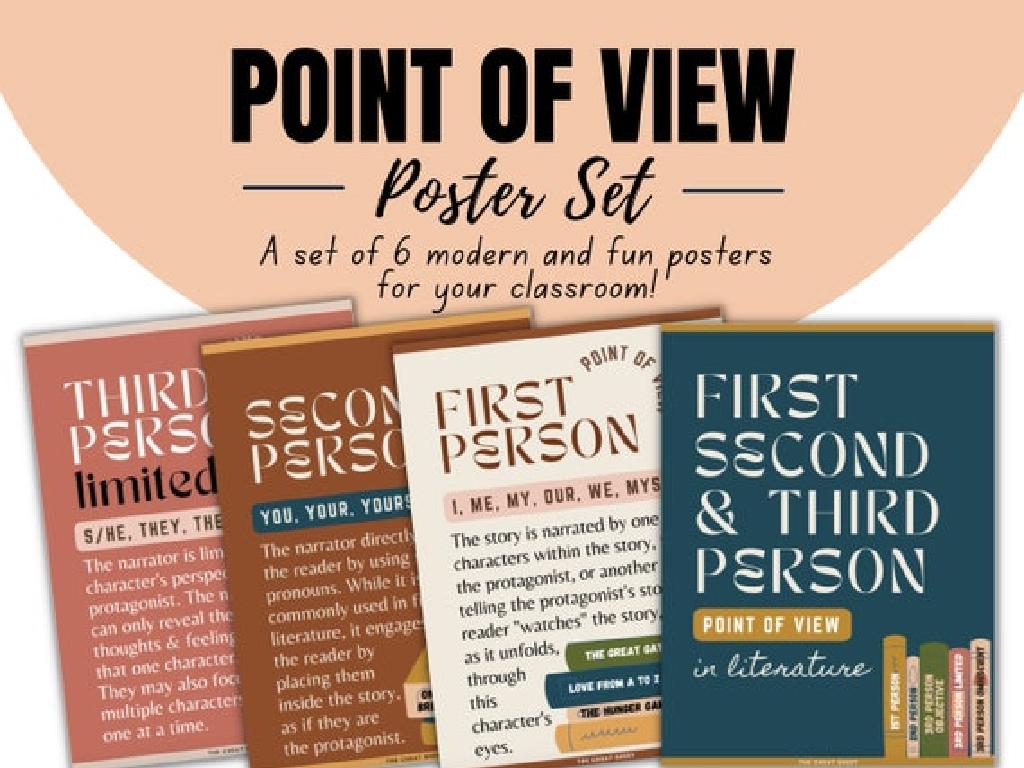Compare Decimal Numbers
Subject: Math
Grade: Fifth grade
Topic: Compare Decimals
Please LOG IN to download the presentation. Access is available to registered users only.
View More Content
Welcome to Decimals!
– Understanding decimals
– Decimals represent fractions of a whole
– Decimals in daily life
– Used in money, measurements, and time
– Review place value
– Importance of tenths, hundredths, thousandths
– Comparing decimal numbers
|
This slide introduces students to the concept of decimals and their relevance in everyday life. Begin by explaining that decimals are another way to represent fractions and are used to denote values that are not whole numbers. Highlight how decimals are commonly seen in money (dollars and cents), measurements (meters and centimeters), and time (hours and minutes). Review the place value system, emphasizing the importance of understanding tenths, hundredths, and thousandths, as this knowledge is crucial for comparing decimal numbers. Encourage students to think of examples from their daily lives that involve decimals. The goal is to ensure that students can recognize and understand the significance of place value when comparing decimal numbers.
Understanding Decimals
– What is a decimal?
– A number with a fraction part, separated by a decimal point
– Significance of the decimal point
– It separates the whole number from the fractional part
– Decimals on the place value chart
– Each place to the right of the decimal represents a fraction
|
This slide introduces the concept of decimals to fifth-grade students. Begin with the definition of a decimal as a number that includes a whole number and a fractional part, separated by a decimal point. Explain the role of the decimal point in distinguishing between the whole number and the fraction. Use a place value chart to show where decimals fit in relation to whole numbers, and how each place value to the right of the decimal point represents a fraction (tenths, hundredths, thousandths, etc.). Emphasize that understanding the place value is crucial when comparing decimal numbers. Provide examples of decimals in everyday life, such as money, measurements, and statistics, to help students relate to the concept.
Comparing Decimal Numbers
– How to compare decimals
– Line up the decimals and compare digits from left to right
– Use place value for comparison
– Check the value of digits in tenths, hundredths, etc.
– Compare prices and measurements
– Look at price tags or measure lengths and widths
– Practice with real examples
|
When teaching students to compare decimal numbers, start by explaining the importance of aligning the decimal points and comparing digit by digit, starting from the leftmost digit. Emphasize the concept of place value, where each place represents ten times the value of the place to its right. Use relatable examples such as comparing prices of items or measurements in recipes to illustrate the concept. Encourage students to practice by finding items around the classroom or from their experiences and comparing their decimal values. This practical application helps solidify their understanding of decimal comparison in real-world contexts.
Comparing Decimal Numbers
– Understanding >, 0.57 because 75 is greater than 57
– Class activity: Compare decimals
– Each student gets different decimal pairs to compare
|
This slide introduces the concept of comparing decimal numbers using the greater than (>), less than (<), and equal to (=) symbols. Start by explaining what each symbol means and then demonstrate how to compare two decimal numbers. Emphasize the importance of lining up decimal points and comparing digit by digit. Provide practice examples and solve them as a class to ensure understanding. For the class activity, give each student or pair of students a set of decimal numbers to compare and encourage them to explain their reasoning. This will help solidify their understanding of decimal comparison and the use of comparison symbols.
Let’s Practice Comparing Decimals!
– Pair up for a decimal challenge
– Compare lists of decimal numbers
– Look at the digits from left to right
– Use symbols: >, 0.05 because 5 tenths is more than 5 hundredths
– Share findings with the class
|
This class activity is designed to reinforce the concept of comparing decimal numbers. Have the students pair up and provide each pair with a list of decimal numbers. They will use the greater than (>), less than (<), or equal to (=) symbols to compare the numbers. Remind them to start comparing from the leftmost digit and move to the right. Emphasize the importance of place value in determining the size of the number. After the activity, ask pairs to share their answers and explain their reasoning to the class. This will help students learn from each other and clarify any misconceptions. Possible variations of the activity could include ordering a set of decimal numbers from smallest to largest, or finding pairs of numbers that are equal.
Real-life Applications of Comparing Decimals
– Comparing decimals in daily life
– Decimals in money, weight, distance
– Think about shopping costs, measuring ingredients, or tracking race times.
– Discuss personal experiences
– Share where you’ve seen decimals used at home or in the community.
– Understanding decimal relevance
– Grasping why decimals matter in everyday situations.
|
This slide aims to help students connect the concept of comparing decimals with practical, everyday situations. Start by asking students when they encounter decimals in their daily lives to get them thinking about the relevance of the lesson. Provide examples such as money (comparing prices), weight (measuring fruits or vegetables), and distance (measuring lengths in a race). Encourage a class discussion for students to share their own experiences with decimals. This will help them understand the importance of decimals and how they are used beyond the classroom. The teacher should facilitate the discussion, ensuring that each student has the opportunity to contribute and relate to the topic personally.
Class Activity: Decimal Scavenger Hunt
– Find items with decimal numbers
– Compare the decimals discovered
– Which decimal is larger or smaller?
– Present your findings to the class
– Reflect on the activity
– Discuss what you learned about decimals
|
This interactive class activity is designed to help students apply their knowledge of comparing decimal numbers in a fun and engaging way. Students will search the classroom for items that have decimal numbers on them, such as rulers, weight scales, or price tags. They will then compare the decimal values they find to determine which are larger or smaller. After the scavenger hunt, students will present their findings to the class, explaining how they compared the decimals. This will also serve as a form of peer learning. Finally, encourage students to reflect on the activity and discuss what they learned about decimals. Provide guidance on how to compare decimals and ensure that each student participates in both the scavenger hunt and the presentation. Prepare a list of 4-5 possible items with decimal numbers in advance to ensure that there are enough examples for all students.
Conclusion & Review: Comparing Decimals
– Recap: Comparing decimal numbers
– Line up the decimals, then compare digits from left to right.
– Importance of understanding decimals
– Decimals are everywhere! In money, measurements, and statistics.
– Homework: Decimal comparison worksheet
– Practice makes perfect! Complete the worksheet to master decimals.
|
As we wrap up today’s lesson, let’s review the key steps in comparing decimal numbers. Remember to align the decimal points and start comparing from the highest place value. Understanding decimals is crucial because they are used in everyday life, such as in currency, to measure lengths, weights, and volumes, and to represent statistics. For homework, students will reinforce their learning by completing a worksheet that provides additional practice in comparing decimal numbers. This will help solidify their understanding and prepare them for more complex mathematical concepts involving decimals.






